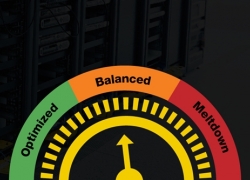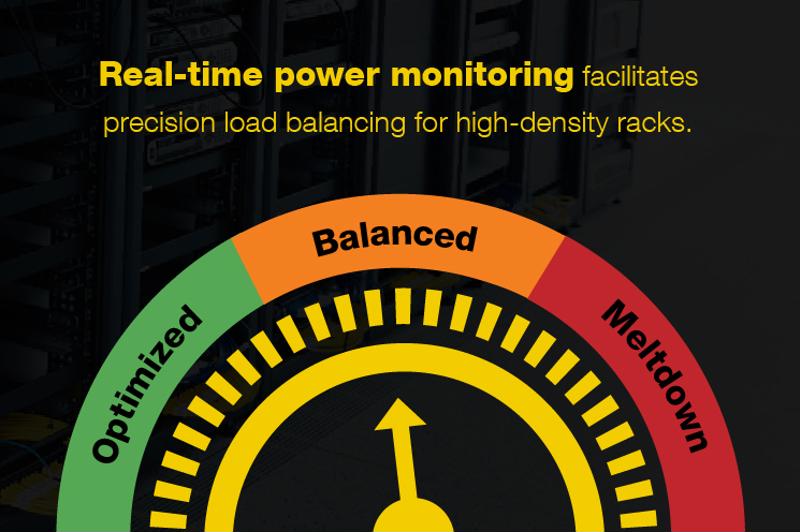Meltdown alert! How to keep your data center out of the red
Meltdown alert! How to keep your data center out of the red

The only place where meltdowns are welcome, if not expected, is in every Nicolas Cage film ever. Otherwise, the term's many connotations are predominantly negative. There's the nuclear meltdown, or what Mr. Burns from "The Simpsons" prefers to call "an un-requested fission surplus." There's the Wes Anderson-esque emotional meltdown, e.g., "he's taken off his shoes and one of his socks – actually I think he's crying."
And then there's the data center meltdown. For one major airline last summer, that looked like $150 million in lost revenue and a whole lot of inconvenienced travelers. If you're a data center manager, you really only have one question in the wake of such a far-reaching event: "How do I make sure this doesn't happen to me?"
Redundancy, redundancy, redundancy
Data center power failures are the top cause of downtime. Specifically, when a facility loses utility power, the expectation is that the uninterruptible power supply (UPS) will pick up the slack. All too often, that redundancy never kicks in. The result? A meltdown.
The first step to meltdown prevention is therefore to properly maintain the UPS as well as the distribution infrastructure that enables redundancy:
- Store batteries at temperatures of 65 to 70 degrees Fahrenheit. Any lower or higher could degrade performance and usable life.
- Use automatic transfer switches to provide automatic redundancy. In the absence of utility power, power distribution units (PDUs) can switch to the UPS within milliseconds.
- Monitor real-time power usage and climate conditions. This will confirm that power from the UPS is properly distributed among all mission-critical equipment, and that temperature and humidity are not climbing to levels that may threaten IT equipment (because sometimes a data center "meltdown" is a little more literal).
- Deploy two PDUs per rack to enhance overall power distribution resiliency.
The bottom line: Data center infrastructure must be architected to be able to fail without catastrophe. Otherwise you're just asking for trouble.

Get smart power
Anomalous voltage spikes, accidental power shorts and other electrical issues can just as easily result in downtime, if not a full-fledged facility meltdown. This is especially true in high-density racks that require greater than usual power loads. Additionally, IT elasticity has become the new norm. Load densities fluctuate on a daily basis, or evolve month-to-month.
"Collect real-time power distribution data including amperage, wattage and power factor."
Consequently, precision load-balancing has never been more important. Data center managers need to have a clear understanding of exactly how much power is being used, when it's being used and what needs to be done to make sure that the requisite capacity can be distributed among mission-critical equipment.
This is where intelligent PDUs come into the picture. They collect real-time power distribution data including amperage, wattage and power factor and then transmit this data to a central management console. From here, managers have the ability to create models of facility-wide power consumption and distribution. These insights can subsequently be used to optimize the layout of power infrastructure so that it can be more adaptive.
Last but not least, remote power monitoring at the PDU level supports real-time alerting. Should a power hiccup become imminent, you'll know about it early. This will keep your data center, and you, from devolving into meltdown mode.



